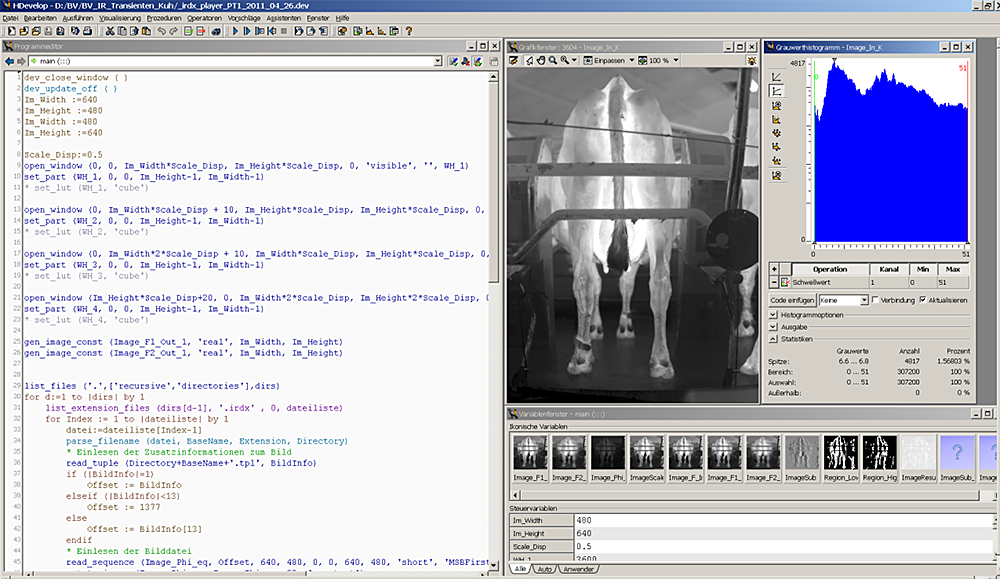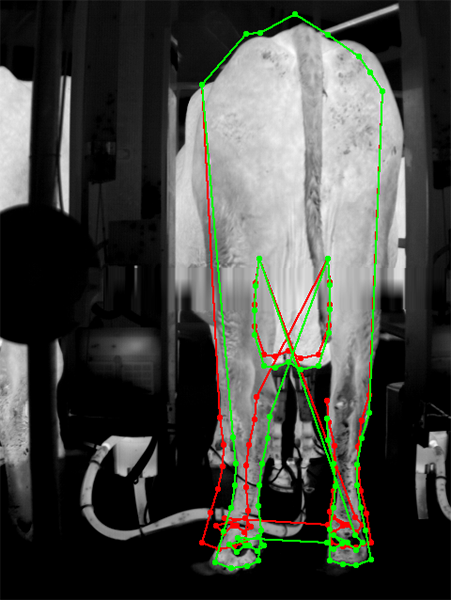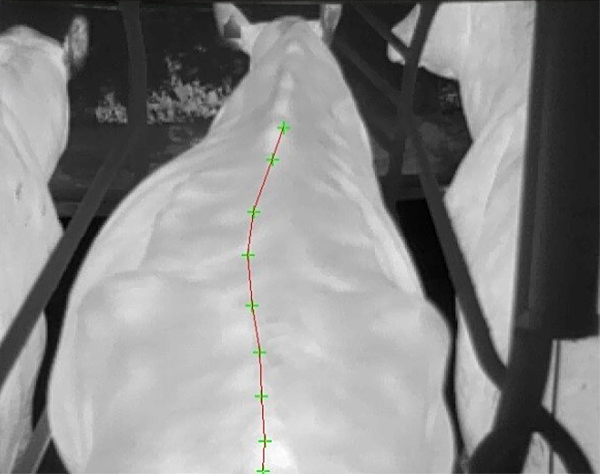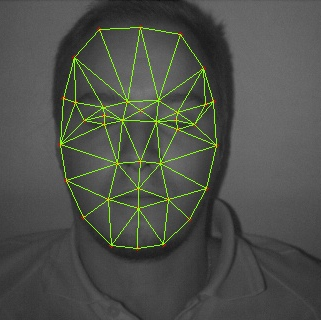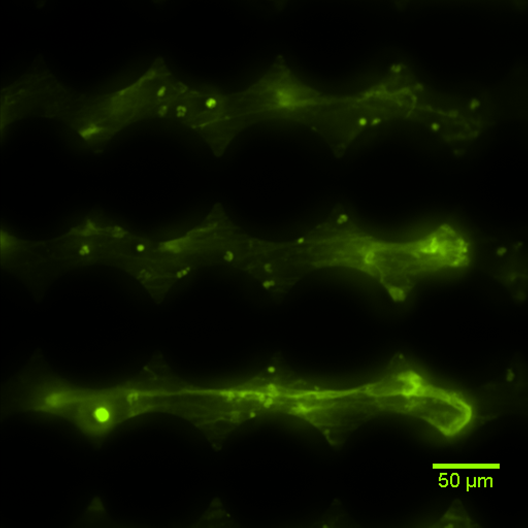In the course of several research and development projects, new solutions for the automated segmentation of veterinary and human medical images have been developed on the basis of approaches from the areas of traffic monitoring and process observation. A focus area in this respect are studies on the infrared-based measuring of temperature properties in animals, especially in dairy cows.
For the temperature monitoring in dairy cows, solutions allowing object recognition under regular operating conditions were developed and subsequently tested extensively under practical conditions. With the help of learning-based recognition processes with good generalization properties such as »Active Shape«, further developments have made it possible to master even difficult imaging situations with moving objects and changing conditions. For simpler scenarios in animal monitoring, an exceptionally fast segmenting process was developed in cooperation with the KIT in Karlsruhe on the basis of the »level set method«.
Additional methods based on »Active Shape« are currently in use within several interdisciplinary research projects for the recognition of specific areas of a person's face.
Overview of Competencies
- Design of the measurement setup (field of view, camera, lighting, detection of interfering factors)
- Methods of automated image segmentation
- Consideration of infrared-specific properties
- Analysis of image sequences containing moving objects
- Setup and management of image data bases
- Development of graphical user interfaces (GUI)
